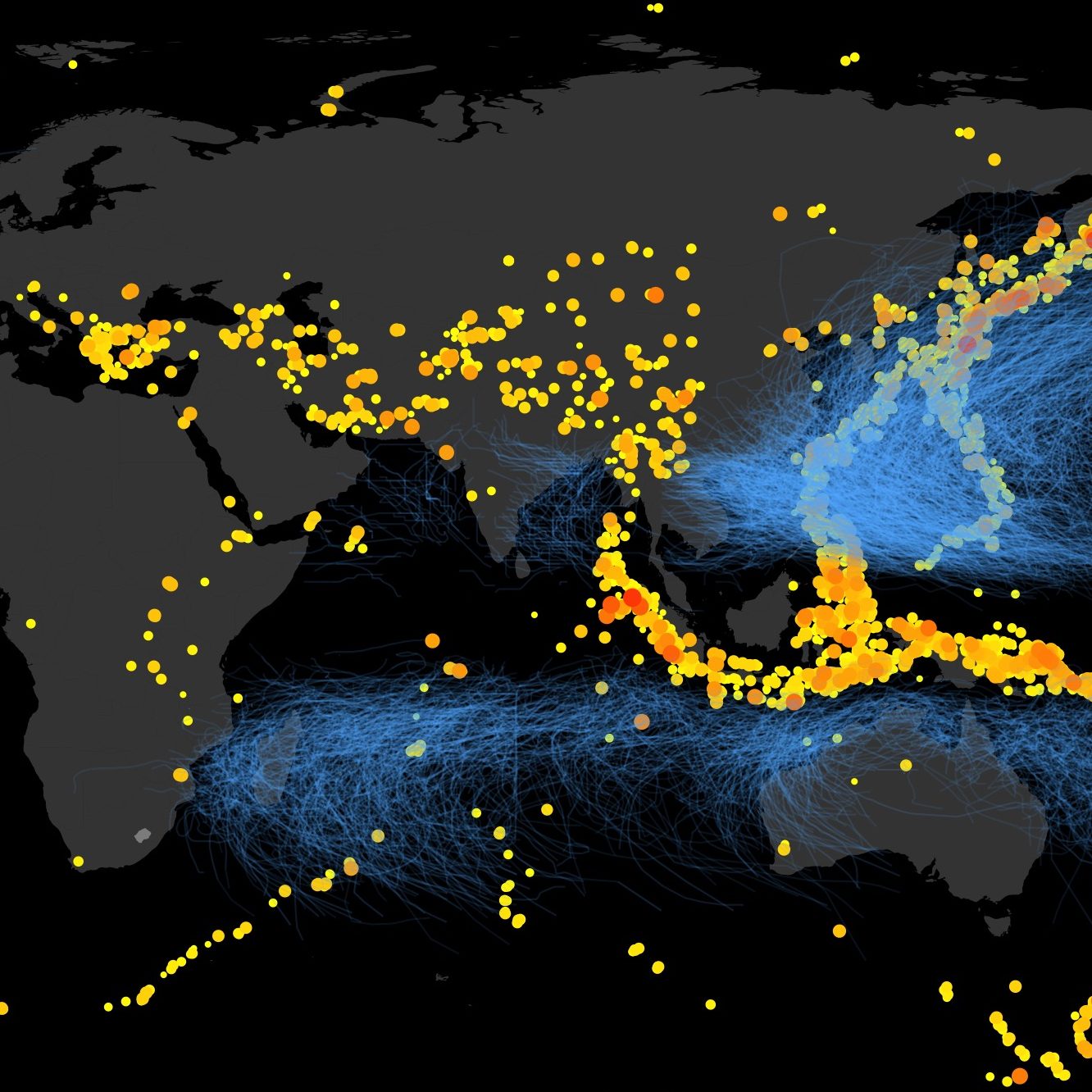Disrupting Disaster - Choosing the Risk Trajectory of our Cities.
“If you do not change direction, you may end up where you are heading” (proverb by Lao Tzu, Chinese philosopher of the 6th-5th century BC).
Key to making informed policy decisions to promote resilient and sustainable future cities is the ability to predict their risk as it relates to dynamic changes in our natural and urban environments: changes in our hazard landscape, increases in population, specific urban growth patterns, evolving vulnerability and other time-dependent processes. Understanding and modeling these processes enables us to shed light on the likely risk trajectories of our cities. For many cities this analysis is disheartening, as it predicts increases in disaster risk even more rapid than increases in population. But trajectory is not destiny. Modeling future risk provides alarming visions of plausible dystopian futures, but also enables us to change course towards trajectories of increased resilience.
